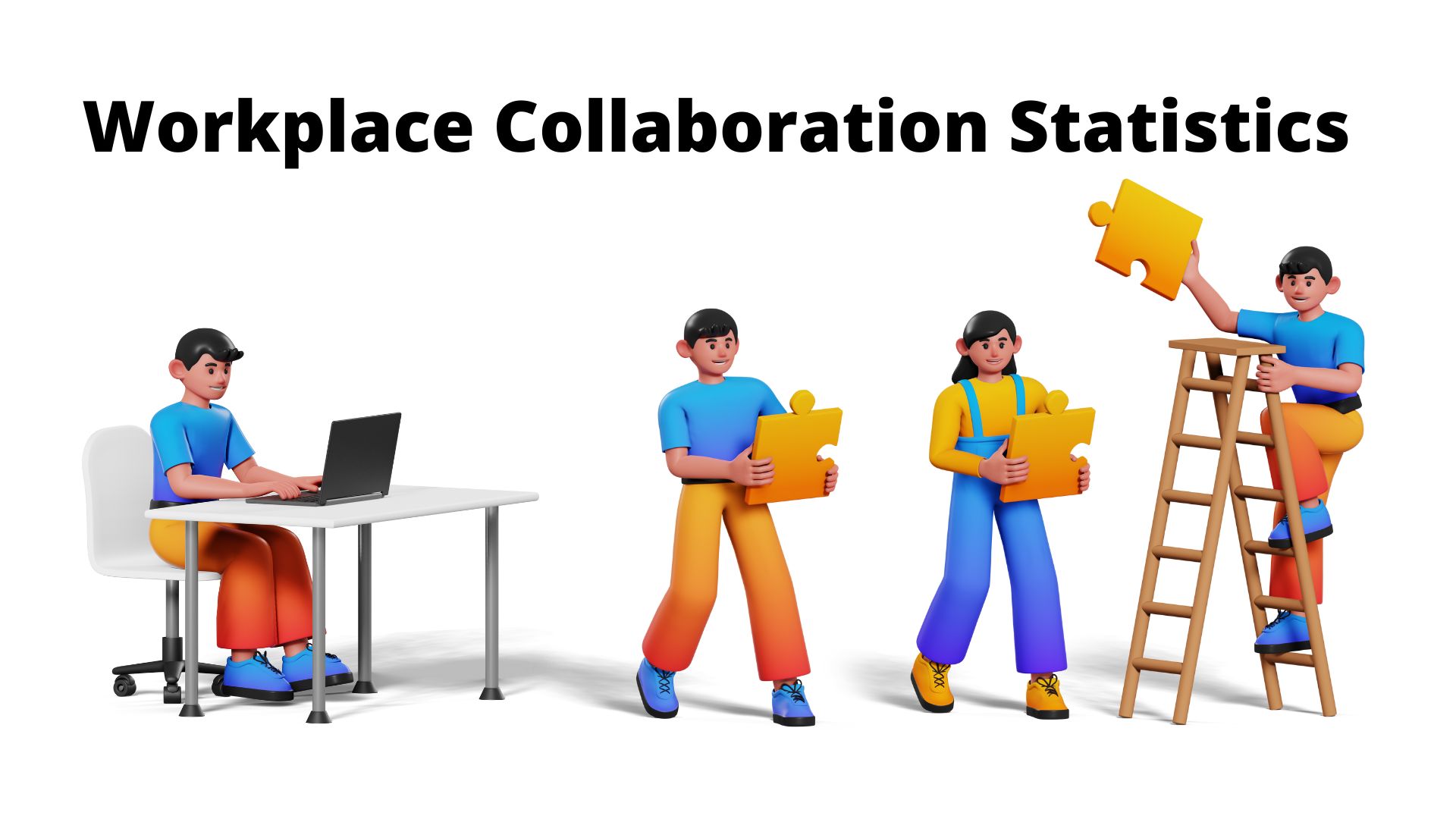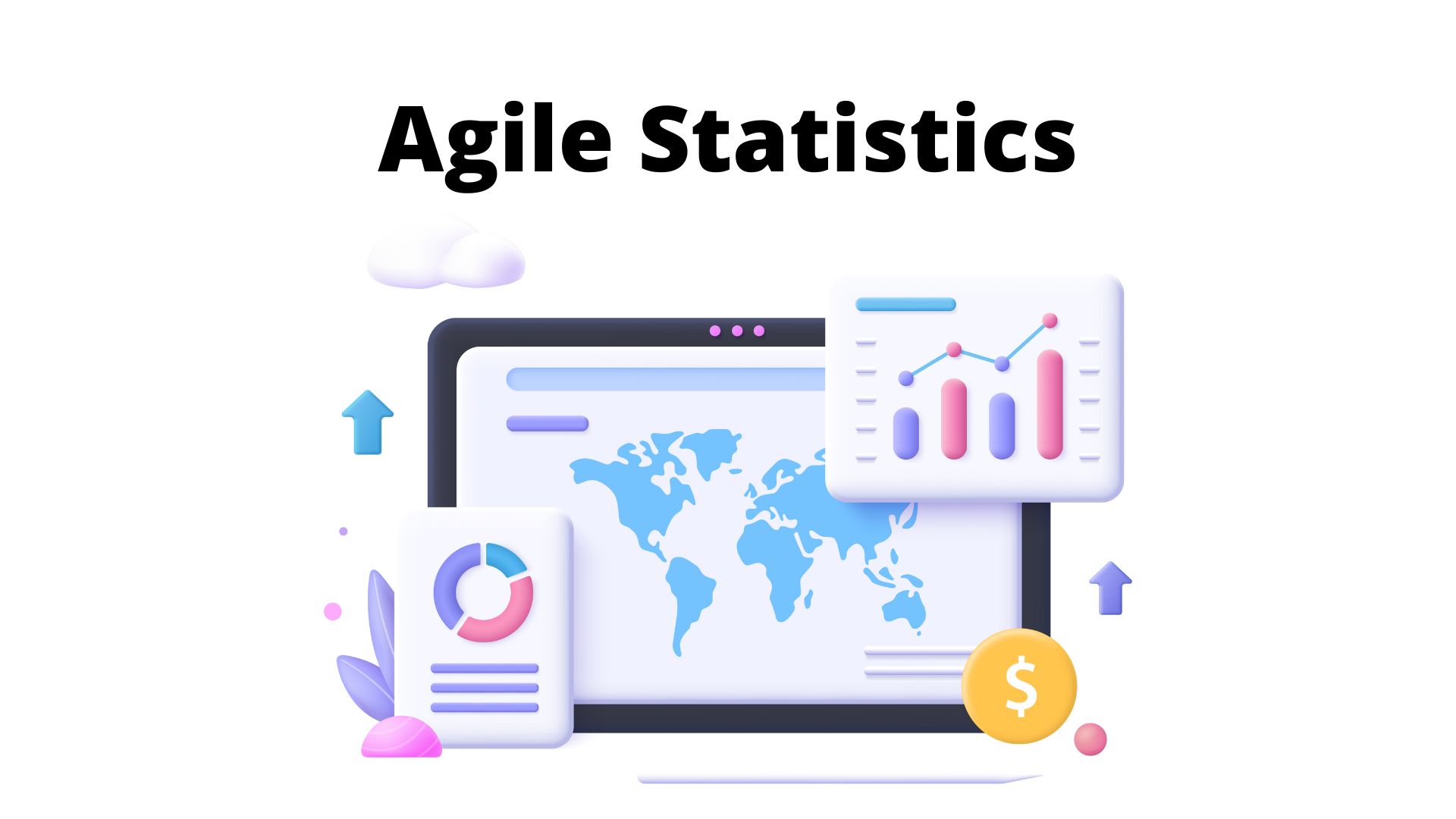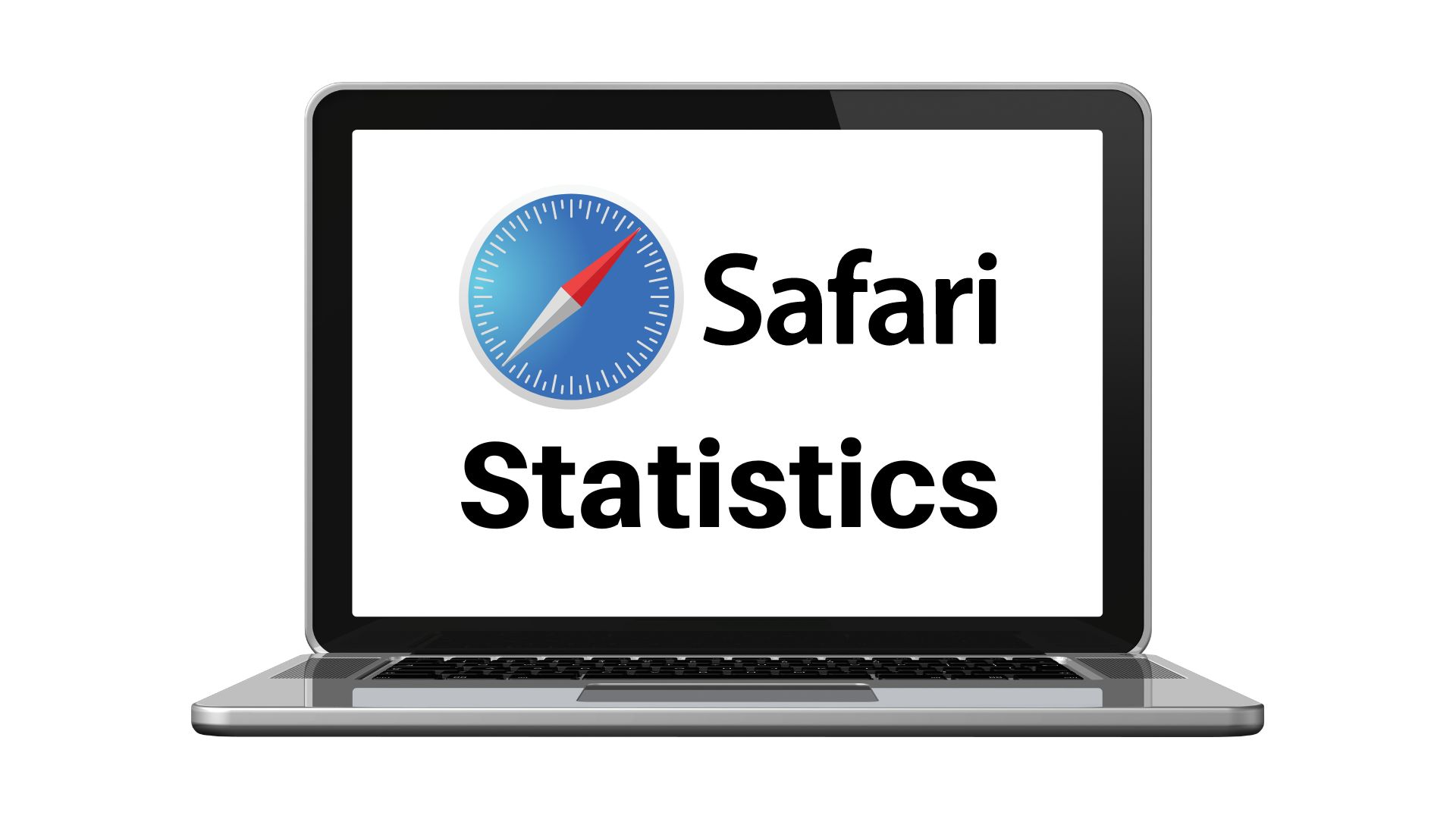Salesforce: More Than Just a Pretty SaaS
Salesforce.com surprised analysts with a much stronger
second quarter than expected.
As impressive as the raw numbers, however, was the manner in which the
leader in on-demand customer relationship management (CRM) software is
diversifying its revenue streams.
The company reported second quarter income of $118 million, a 64 percent
improvement over last year's Q2.
Pro forma EPS of 6 cents was another surprise, 2 pennies higher than
expectations.
Earnings were pro-forma because the company actually lost money on a GAAP
basis, but with $331 million in cash and only $1.2 million in debt, its
balance sheet garnered high marks from analysts.
The company also added 57,000 new seats, well above the consensus estimate
of 47,000, and now has more than a half million users.
Salesforce.com impressed analysts with the quality of its revenues.
For starters, Salesforce made significant strides attracting large
enterprise customers.
Software-as-a-service (SaaS) is supposed to appeal more to small and medium
sized businesses (SMBs), but Salesforce demonstrated that its solution is
robust enough to gain traction in the high end of the market, too.
CEO Marc Benioff said the company generates income from small, medium and
enterprise-level companies in equal parts.
He noted significant customer wins with Nokia , Bear Stearns
, Wells Fargo
and others.
“We're able to reach any company of any size anywhere in the world,” he said
during a conference call.
Salesforce increased the average number of seats per customer, from 21 in Q1
to 27 in Q2.
Those numbers reflect its newfound success with larger
companies, wrote First Albany Capital managing director Mark Murphy in a
research note.
Liz Herbert, who follows SaaS for Forrester Research, noted that Salesforce
is beginning to win multi-thousand seat deployments, in some cases beating
out the likes of SAP and displacing Siebel.
“They're surprising people with their ability to penetrate into the larger
enterprise segment,” she told internetnews.com.
Salesforce has also begun to tap into new sales channels.
The company introduced AppExchange OEM Edition in May.
The solution is a way to attract ISVs wanting to create on-demand CRM
solutions under their own brand while leveraging the Salesforce
infrastructure and ecosystem.
In June, the company introduced Partnerforce as a way for customers to manage their indirect sales channels more
effectively.
Merrill Lynch analyst Kash Rangan noted that new levers “will become more
key” in measuring the company's success.
Rangan noted that these and other premium offerings, like mobile
availability and the Unlimited Edition “are driving new wins and repeat business.”
Herbert said that Salesforce.com is using AppExchange to become more than a
point solution vendor.
“They're trying to be a SaaS platform, not just an application,” she said.
More than that, Salesforce is taking dead aim at its on-premise rivals on
their home turf.
Benioff contrasted software vendors such as SAP, Oracle and Microsoft with Web-based companies such as Google
and
Salesforce.com.
“We're part of a larger movement to get companies off software and onto the
Internet,” he said.
It's still difficult to gauge how well Salesforce is doing against
on-premise CRM vendors like SAP or Siebel, now owned by Oracle , since neither company breaks out pure CRM deals from other
software license revenue.
But the guess is it still has a long way to go.
“Salesforce has something like 24,800 customers, which is really huge. And
Siebel has only 4,000,” noted Herbert.
“But the reality is the number of seats they have is a lot higher.”

Michael Singer is a career coach, podcast host, and author to help you step into a career you're excited about. Currently, He is a coach and trainer helping entrepreneurs and executives achieve business and leadership success. He is also an award-winning business journalist focused on the intersection of technology, Big Data, Cloud, SaaS, SAP, and other trending technology.



